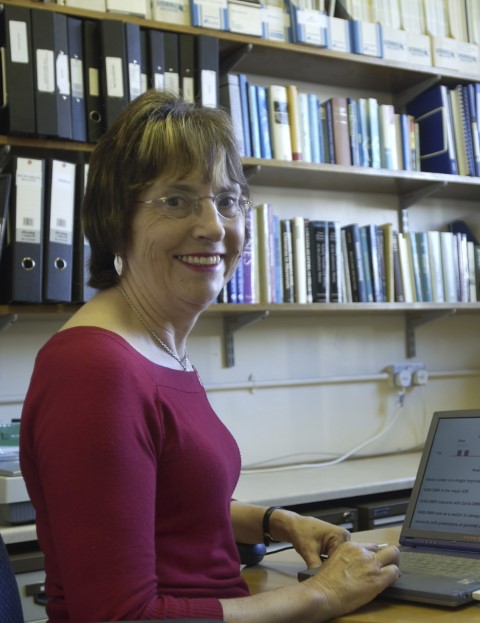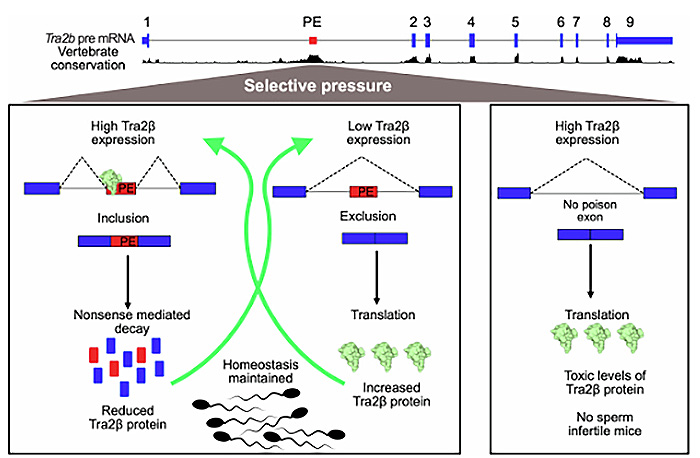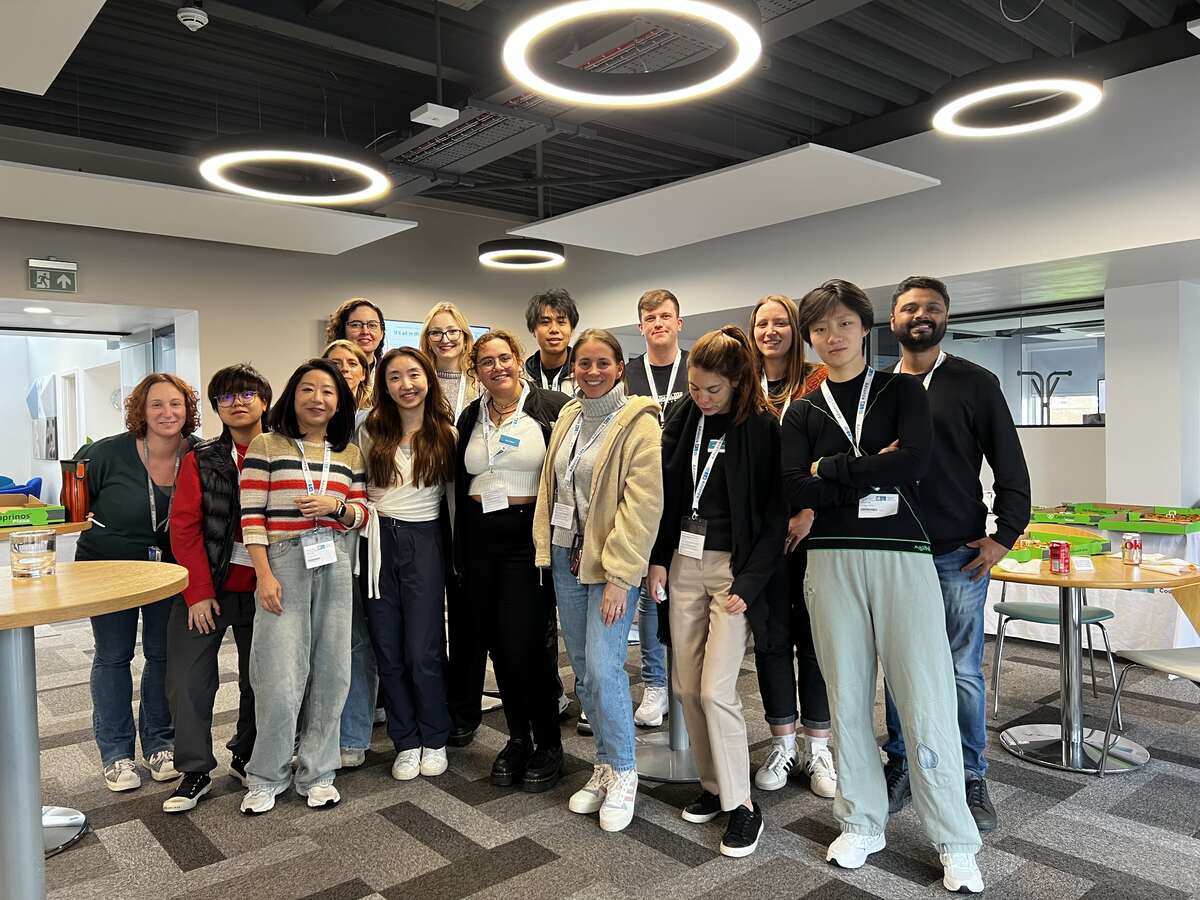We recently learned of the sudden passing of our friend and colleague, Jo Peters, and while mourning her loss, we want to pay due tribute to a giant of mouse genetics who contributed enormously to the prestige and reputation of our site as well as to the work of innumerable scientists globally. Jo was a generous mentor who shaped the careers of countless colleagues, and a friend who knew the value of support and kindness. We say our goodbyes, but we will always have Jo in our hearts.
Obituary: Professor Jo Peters (1946–2025)
Professor Jo Peters, an esteemed geneticist whose groundbreaking work in mammalian genetics and genomic imprinting left an indelible mark on the scientific community, passed away at the age of 79. She was not only a visionary scientist but also an extraordinary mentor, colleague, and friend, remembered fondly for her generosity and sharp intellect.
A Life Dedicated to Science
Jo Peters was born in 1946 and developed a great passion for science. She pursued a degree in biochemistry and zoology at the University of Leeds, graduating in 1968. Her scientific journey continued at University College London, where she earned a PhD at the former Medical Research Council (MRC) Human Biochemical Genetics Unit. In 1972, she moved to the Royal Free Hospital Medical School to conduct postdoctoral research with Professor Sam Berry, focusing on the biochemical genetics of island populations of wild mice, a project that laid the foundation for her career in mammalian genetics.
In 1978, Jo joined the MRC Radiobiology Unit, later the Mammalian Genetics Unit (MGU) at Harwell, where she would remain for over three decades. Her research evolved from biochemical analysis into mutagenesis studies to encompass gene mapping and imprinting, the difference in gene expression inherited from the mother or father. In 1997, she succeeded Bruce Cattanach FRS as the leader of the Imprinting Group, cementing her reputation as a pioneering figure in the field. Jo and Bruce, longtime colleagues, married in 1999.
Her work in genomic imprinting, particularly on distal mouse chromosome 2 and the Guanidine nucleotide-binding protein (Gnas) locus, was seminal. She spent years unravelling the complex regulatory mechanisms of imprinted genes, making significant discoveries that advanced our understanding of genetic inheritance and its implications for human disease. She was also instrumental in setting up the use of ENU mutagenesis at Harwell, a project that later expanded into a major collaboration with GlaxoSmithKline, underscoring the clinical and pharmaceutical relevance of her work.
Beyond Harwell, Jo was recognised for her academic contributions, serving as a visiting professor at Queen Mary University of London (2000) and later at the University of Oxford (2006). She was also deeply involved in international genetic nomenclature committees, driving efforts to ensure precision and clarity in this rapidly evolving field.
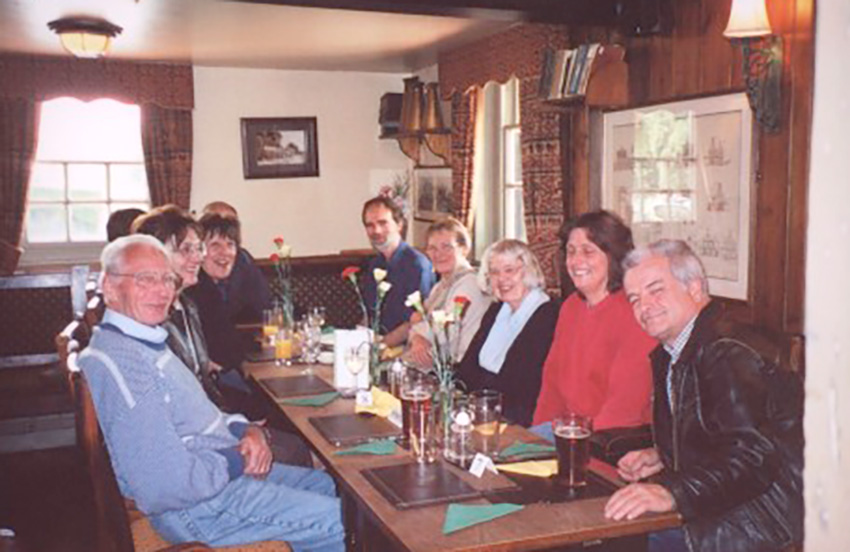
A Mentor and Friend to Many
While Jo’s scientific achievements were remarkable, she was equally renowned for her mentorship. Over the years, she guided numerous PhD students and postdoctoral researchers, many of whom pursued distinguished careers in genetics. She was known for her patience, wisdom, and ability to communicate complex concepts with clarity and enthusiasm. Former DPhil student Stuti Mehta recalls how Jo’s voice still echoes in her mind: “What is my data telling me?”, a testament to the lasting impact of Jo’s guidance.
Her generosity extended beyond academia. When Sally Eaton, a postdoc from Australia, faced her first Christmas alone in the UK, Jo and Bruce welcomed her into their home. This warmth and inclusivity defined Jo’s relationships with colleagues, students, and friends.
Joan Robson, another former student, remembered Jo’s tradition of opening a bottle of champagne whenever the lab published a paper, always insisting on a second bottle, knowing the students would finish it. Jo’s legendary parties at “the old mouse house” were often recounted by the long standing members of staff, and barbeques at her home, where she managed to quiet Bruce’s enthusiastic boxer dogs, remain cherished memories for those who knew her.
Her humour was equally renowned. Jackie Harrison, an animal technician, recalled being warned that Jo’s red lipstick meant danger, only to realise that Jo always wore red lipstick. Years later, when Jackie finally shared this “insight” with her, Jo erupted in laughter.
A Scientific Legacy
Jo’s contributions to genetics were vast and varied. She played a crucial role in gene mapping, identifying and assigning multiple genes to specific chromosomes at a time when such knowledge was scarce. She was an early adopter of new technologies, co-developing “Gene View,” a program that visualised genes, phenotypes, and translocations on a PC as early as 1988.
She was the longtime editor of Mouse News Letter (1982–1997), ensuring that critical updates and findings in the field reached the global scientific community. She also co-organised the Mammalian Genetics Group workshop in London from 1981 until at least 1987, fostering collaboration and innovation among researchers.
Jo’s research touched many facets of genetics, including cytogenetics, epigenetics, RNA work, and mouse behaviour studies. She demonstrated that one of her lab’s mutations was identical to a known human haemoglobin mutation (Rainier) and was instrumental in the discovery of novel mutations affecting male fertility.
Her work on the Gnas locus was particularly groundbreaking. She and her team spent over a decade dissecting its imprinting mechanisms, demonstrating the crucial role of antisense transcripts in regulating gene expression. This work significantly advanced the understanding of imprinting disorders and had far-reaching implications for developmental biology and human disease.
Her collaborations were extensive, involving esteemed scientists such as Azim Surani FRS, Denise Barlow, Lizzy Fisher, and Gavin Kelsey. Many of these collaborations led to high-impact publications, including two in Nature Genetics within just two years.
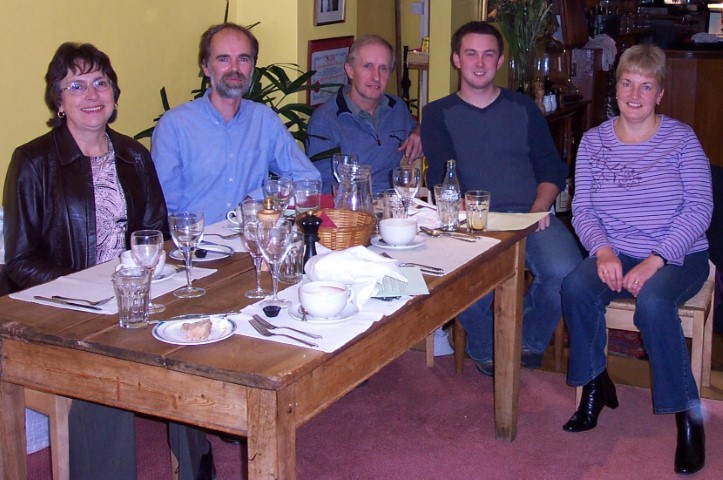
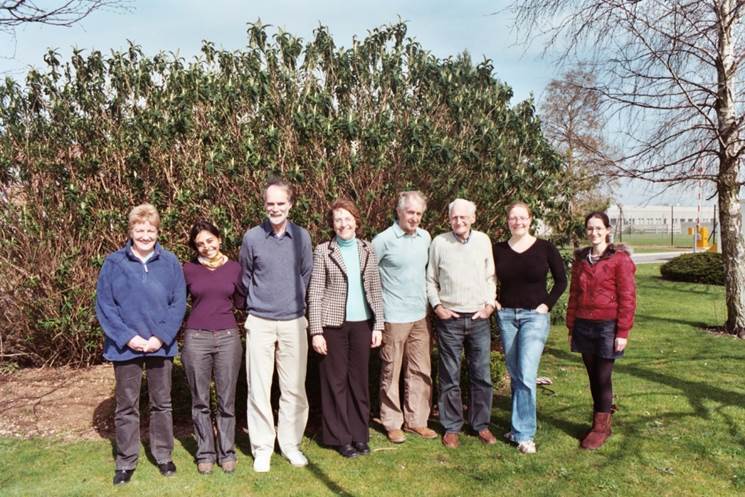
A Life Well Lived
Despite her rigorous scientific career, Jo remained deeply connected to those around her. She provided encouragement and support to students and colleagues alike, fostering a spirit of camaraderie in the lab. Christine Williamson, a former long-serving postdoc, noted that Jo’s mentorship shaped the careers of countless scientists, many of whom have gone on to lead their own research groups worldwide.
Her former PhD student, Professor Cathy Abbott recounted how Jo’s generosity extended beyond their time together in the lab. After Cathy had moved to an independent position, Jo provided her with crucial genetic samples that led to the discovery of a deletion in the eukaryotic translation elongation factor 1 alpha 2 protein (eEF1A2) gene—work that would later form the cornerstone of Cathy’s career in neurodevelopmental disorders.
Simon Ball, a former long tenured scientific officer, summed up Jo’s vast impact, highlighting her pioneering work in multiple genetic fields. From biochemical genetics and DNA analysis to cytogenetics and epigenetics, Jo’s research spanned an impressive range of disciplines, leaving behind a body of work that continues to shape genetic science.
Remembering Jo
Jo Peters was a scientist of immense intellect, integrity, and dedication. She was a trailblazer in mammalian genetics, a champion of rigorous scientific inquiry, and an inspiring mentor who shaped the careers of many. She balanced her formidable expertise with warmth, humour, and generosity, creating an environment in which young scientists could thrive.
Her quick wit and unwavering commitment to science will be dearly missed by all who knew her. But her legacy lives on—in the research she conducted, the students she mentored, and the countless discoveries made possible by her pioneering work.
Professor Steve Brown FRS, former director of the MRC MGU and the MRC Harwell Institute, where Jo spent most of her career, said: “Over two decades, I came to appreciate the talent and tenacity that Jo had as a scientist, coupled with a warm humanity and feeling for her fellow researchers and students at Harwell. Her seminal work on the molecular and genetic bases of imprinting was exciting and profound and is a lasting legacy.”
ChatGPT was used to summarise researched notes
Information on Jo’s early career is from Royal Society Memoirs, Bruce Macintosh Cattanach. 5 November 1932—8 April 2020 by Jo Peters and Sohaila Rastan, 27 July 2022 https://doi.org/10.1098/rsbm.2022.0013
